PPT Emotions and Learning PowerPoint Presentation, free download ID
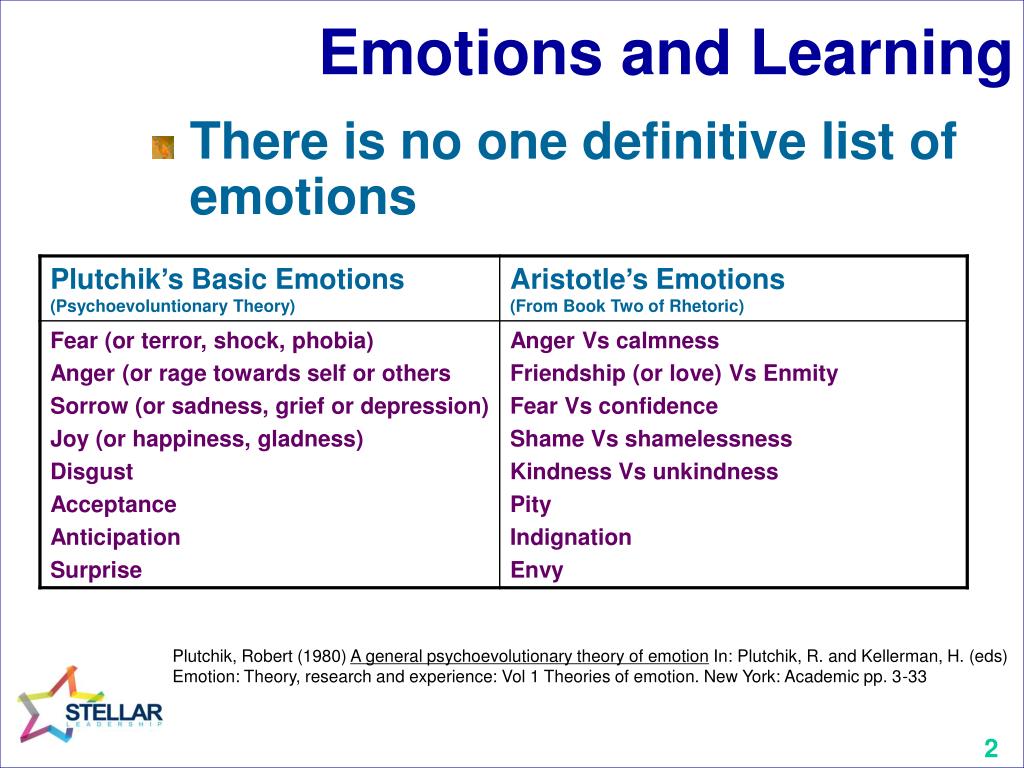
Affect-spectrum theory proposes causal relations between the eight valenced sociorelational models and Plutchik's inventory of eight primary emotions. We examine two hypotheses of affect-spectrum theory through a content-analytic, lexical-level study of Euro-Australians and Australian Aborigines. The analysis shows that the positive experiences.
[PDF] Measurement Implications of a Psychoevolutionary Theory of

Abstract. Résumé. While emotion researchers with an evolutionary and biological orientation increasingly agree that small sets of discrete emotions are basic or primary, other researchers - particularly social constructionists - instead argue that all emotions are expressions of language and culture largely unconstrained by biology.
Overview of the 6 Major Theories of Emotion
:max_bytes(150000):strip_icc()/theories-of-emotion-2795717-FINAL-updated-878d86f3e039449a931fcf02f4b39165.png)
Great studies to form a psychoevolutionary theoryof emotion, with thegoals of clar ifyingwhat emotions are, findingways tomeasure them, relating emotions to other psychological disciplines, and in forming the practice of psychotherapy.. The circumplex as a general model of the structure of emotions and per sonality. In Circumplex Models.
plutchik's wheel of emotions
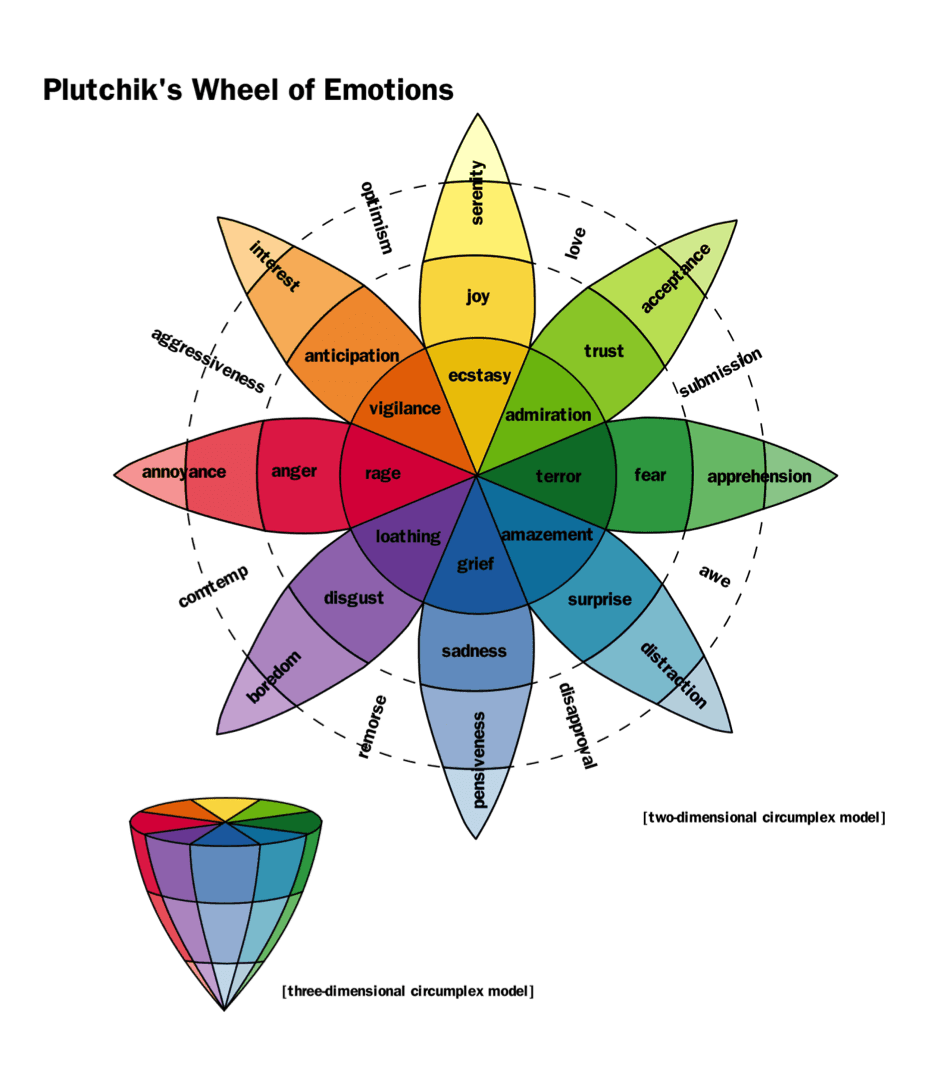
The Wheel of Emotions. In 1980, Robert Plutchik constructed a diagram of emotions visualising eight basic emotions: joy, trust, fear, surprise, sadness, disgust, anger and anticipation. Plutchik also theorized twenty-four "Primary", "Secondary", and "Tertiary" dyads (feelings composed of two emotions). The wheel emotions can be.
Theories Of Emotion

In light of the psychoevolutionary structural theory, an emotion is defined as an inferred complex sequence of reactions to a stimulus, and includes cognitive evaluations, subjective changes, autonomic and neural arousal, impulses to action, and behavior designed to have an effect on the stimulus that initiated the complex sequence. (4 ref.
Wheel of Emotion by Robert Plutchik, 1958. (Image Source Wikimedia

This chapter describes a theory called the psychoevolutionary theory of emotion, which consists of 3 models--the structural model, the sequential model, and the derivatives model. Some important similarities between emotions and personality traits are discussed. Both use a similar and highly overlapping language, both serve communication functions in interpersonal relations, and both regulate.
The general psychoevolutionary theory of emotion / Robert Plutchik

(DOI: 10.1016/B978--12-558701-3.50007-7) The general psychoevolutionary theory of emotion that is presented here has a number of important characteristics. First, it provides a broad evolutionary foundation for conceptualizing the domain of emotion as seen in animals and humans. Second, it provides a structural model which describes the interrelations among emotions. Third, it has.
Simply Hasanah
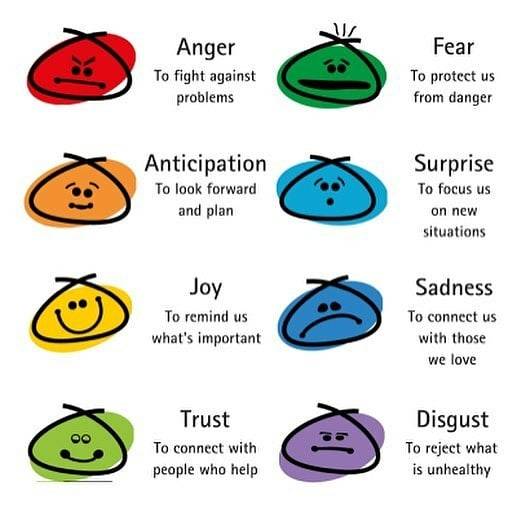
This research built a visual sentiment dataset based on Plutchik's wheel of emotions, then performs multi-label sentiment analysis using the dataset, where a combined deep neural network model that enables inputs from both hand-crafted features and CNN features is proposed. Expand. 1. Highly Influenced. 4 Excerpts.
Teoría de las emociones Estudio históricopsicológico Lev Semenovich

Psychoevolutionary theory of emotion (PTE) was introduced by Robert Plutchik in a paper published in 1958, and was further elaborated upon in a series of books (Plutchik 1962, 1980a) and articles (Conte and Plutchik 1981; Plutchik 1970, 1980b, 1990, 2001a, b, 2003).The inspiration for PTE development was semantic differential studies (Osgood et al. 1957), which showed that stimuli may be.
The Experience of Emotion
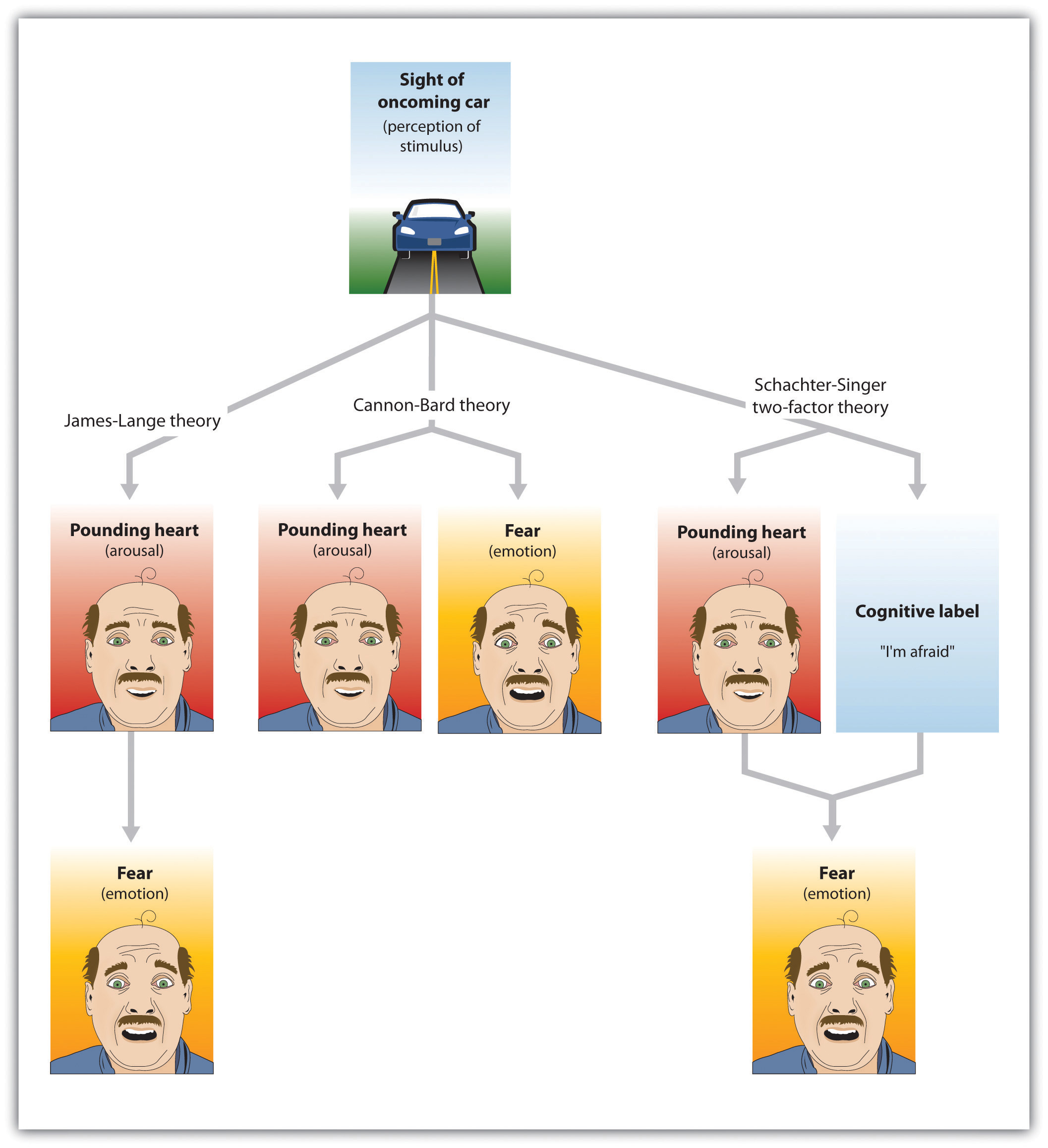
order to provide a general theory of emotions (Plutchik 1980b,p.8-9). Here all 10 postulates are presented: 1. The concept of emotion is applicable to all evolutionary levels and applies to animals as well as to humans. 2. Emotions have an evolutionary history and have evolved various forms of expression in different species. 3.
Facilitating Emotions with Marshall Rosenberg YouTube

The general psychoevolutionary theory of emotion that is presented here has a number of important characteristics. First, it provides a broad evolutionary foundation for conceptualizing the domain of emotion as seen in animals and humans. Second, it provides a structural model which describes the interrelations among emotions.
Emotions and Types of Emotional Responses
:max_bytes(150000):strip_icc()/what-are-emotions-2795178_color1-5b76d23ac9e77c0050245d75.png)
Founded upon the psychoevolutionary theories of Darwin, Plutchik and Izard, a general socioevolutionary theory of the emotions - affect-spectrum theory - classifies a wide spectrum of the emotions and analyzes them on the sociological, psychological and neurobiological levels.
PPT Chapter 2 An Integrative Approach to Psychopathology PowerPoint
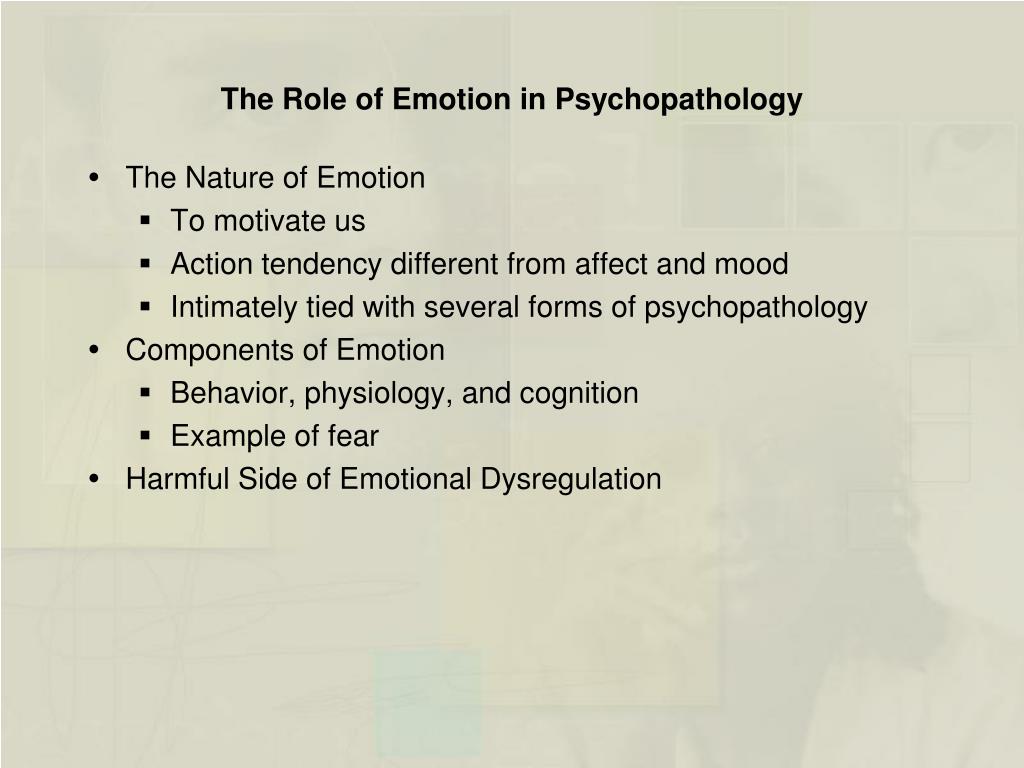
The general psychoevolutionary theory of emotion that is presented here has a number of important characteristics. First, it provides a broad evolutionary foundation for conceptualizing the domain.
Robert Plutchik Alchetron, The Free Social Encyclopedia

emotion theories have developed. Under the first heading (The Evolution-ary Context), Plutchik's own psychoevolutionary theory is described. In addition, several ethologists and sociobiologists present emotion theories which range from reasonably comprehensive (e.g., J. P. Scott) to relatively undeveloped (e.g., J. Weinrich).
Plutchik’s wheel of emotions with basic emotions and derivative

Emotional Construing: A Psychobiological Model. D. V. Fisher. Psychology. 1990. Abstract A psychobiological model of emotions is proposed based on Katz's (1984) "origin postulate" and his concept of "primitive constructs.". Emotions are treated as phylogenetically available,….
Frontiers Emotions and Instructed Language Learning Proposing a
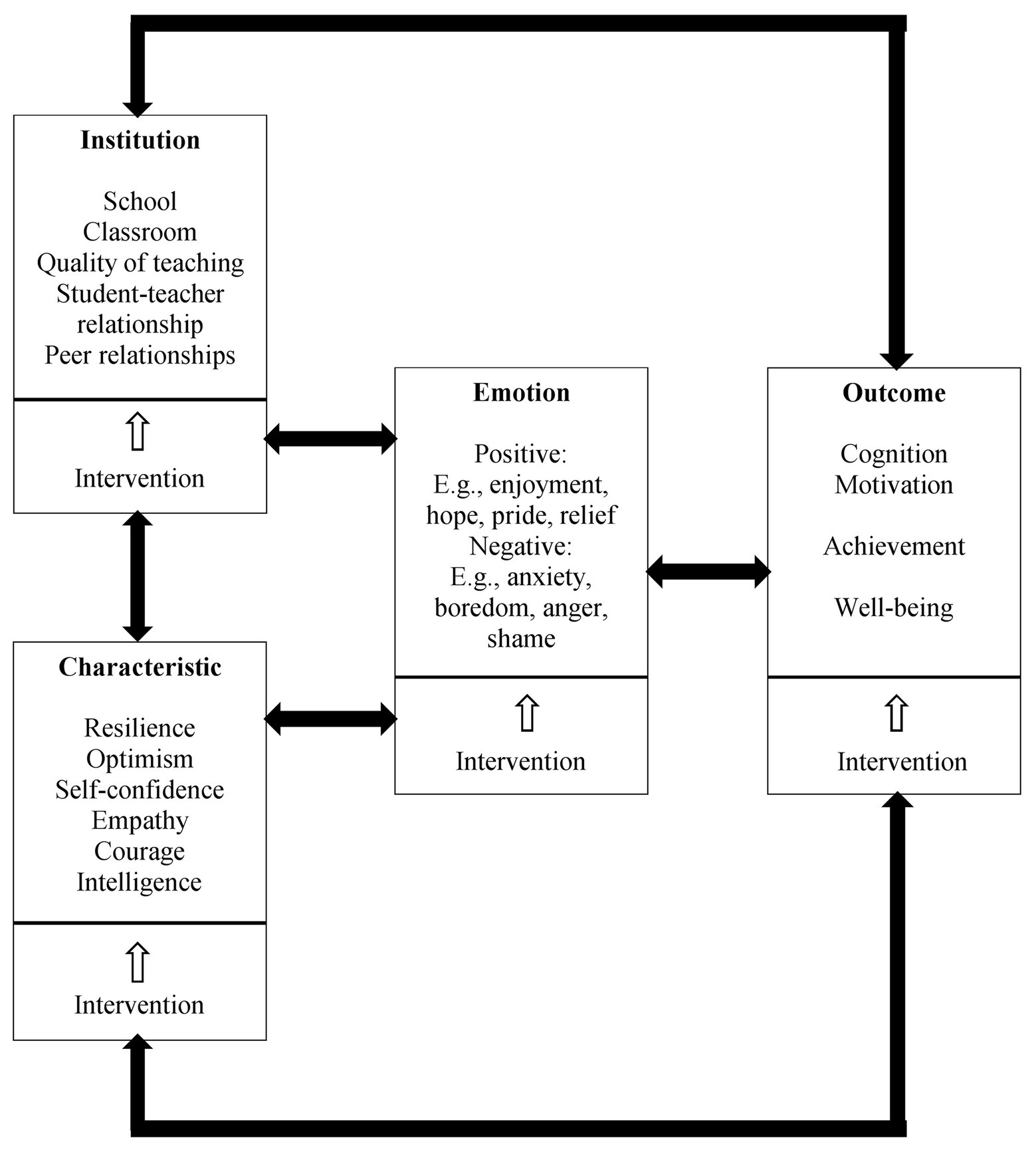
An evolutionary approach, he argues, can sort out the roles of emotion, impulse and action and, in a therapeutic setting, help people understand the circumstances in which emotions can sometimes fail in their adaptive tasks. studies to form a psychoevolutionary theory of emotion, with the goals of clar ifying what emotions are, finding ways